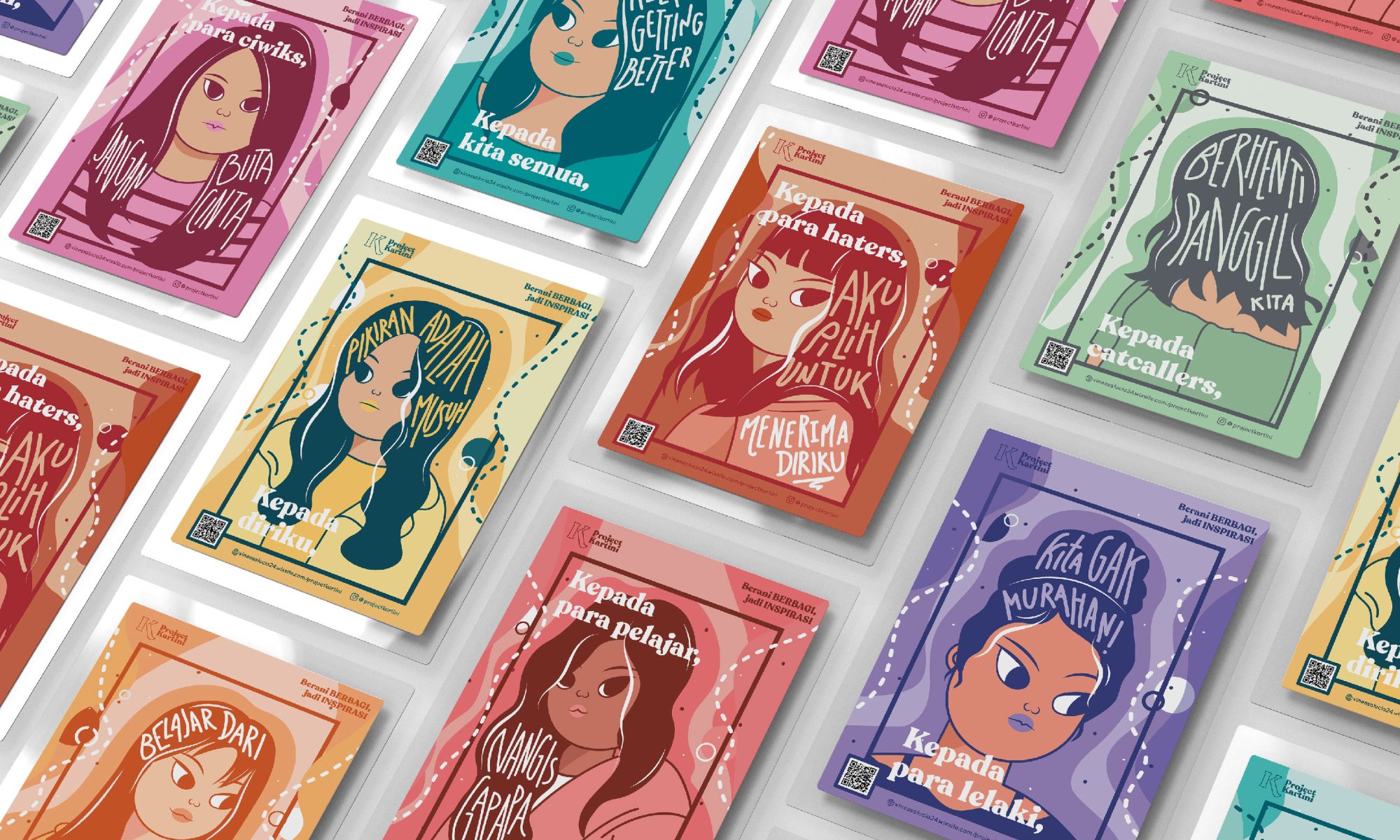“That’s deep…” a typical phrase used by the common person, for example, when one starts to understand the underlying message behind a campaign. Design creatives enjoy mind-blowing moments when something new emerges. Have you had that feeling? That sense of wondering how creatives get to that stage of imagination and ideas?
In my opinion, campaign creatives are no different than scientists — creatives also experience the “aha moment” every time they know something works or when it clicks. Similar to scientists when they solve an equation, or a discover a way out of a problem, our minds are not that different from them after all.
Campaigns nowadays have turned into a race for innovation and modernisation which is totally great! But have you ever tried to revisit a vintage campaign such as the Mini Cooper ads from advertising’s golden days? Through campaigns such as those, I began to realise that a good backstory can provide a strong foundation for a campaign. This understanding played a big part during my final year project when at university. At first, I thought that in creating a campaign, I needed to do something modern on a modern topic that I’m passionate about.
One of the topics that I considered was a campaign based on women’s empowerment. Starting from there, I still hadn’t considered my end goal and what I wanted to achieve through this campaign? How could my campaign have significance and contribute to society? Those questions were important to ask myself as I moved forward on the project.
Somewhere along the way, an idea evolved after discussing this with a few lecturers and friends. My idea was to include culture in the campaign. I found an story about Kartini! Kartini was a driving force in creating a more inclusive society for women in Indonesia. During the early 20th century, she was considered a pioneer in the area of education for girls and women’s rights for Indonesians. Kartini’s concerns were not only in the area of the emancipation of women, but also other social problems of her society. Kartini understood that the struggle for women to obtain their freedom, autonomy, and legal equality was just part of a wider movement.

Not only did she revolutionize the way of thinking for both Indonesian men and women, she became an outspoken critical writer. Her book Habislah Gelap Terbitlah Terang was basically a diary filled with thoughts regarding Indonesian politics as well as relationships that she had with her family, such as her father who was a ministry officer at that time. And those are just a few topics that she had written about, including her seclusion during the 1890s from around twelve-years-old until the early 1900s
This inspired me to create a campaign filled with a mixture of old and new ways to promote the value of speaking out for Indonesian women that has been typically taboo.

I began to incorporate her story and values into a contemporary campaign targeted to Indonesian girls from the ages of 16-20 years old. Though I had only two-months to develop the project, it felt like forever. I started with just a few phases to emphasize the basic concept of the campaign — to encourage Indonesian girls to speak out about stories that previously they might not have been told, or experiences that might be encouraging to others. I found this is a very good way to help everyone to learn from one another. Their stories might range from a personal crisis to topics regarding relationships with others. Also, by using the example of Kartini’s story, I was able to gather girls’ stories via my personal Instagram account. Stories started flooding in beginning with those who talked about being sexually harassed, to topics about their personal lives and families. I found that these stories inspired me, and they became the basis for each of the visuals that I produced along with their messages. The Instagram stories then moved the campaign forward. They became the basis of what I wanted to achieve — to promote and encourage the culture of openness and outspokenness for all Indonesian women.
Also one might ask, “Does visual style have anything to do with the message of the campaign?” “Why approach it this way? It doesn’t look traditional like Kartini.” My intention was to take the essence and elements from her and combine them with the current generation of girls and their styles so that it appeals to the campaign’s target audience — this generation of young girls with the intention to inspire them with real life stories of women they are able relate to.
In creating this campaign, I mixed some aspects of a traditional campaign with some modern tweaks. For example, the stationery kit, was designed to be a collaboration with Pos Indonesia. These kits were intended to help young girls who may not have much, especially within rural areas of Indonesia.

Since the entire campaign became a collection of stories, I developed a book that served not only as a platform for all the stories, but could also be used as a journal where the girls could keep their stories in a safe place.

Hence the tagline of the campaign “Berani BERBAGI, jadi INSPIRASI” translates as “To be brave and to become an inspiration”. I learned that there is no need to sacrifice one’s cultural heritage or background. Great ideas come from places closest to your heart even from a simple childhood memory.
If you are interested to see the full project visit my Behance page : https://www.behance.net/gallery/84074109/Project-Kartini-(A-Conceptual-Campaign)
References
(2019). KARTINI. Available at: https://id.wikipedia.org/wiki/Kartini
[Accessed 26 Sept. 2019].
(2016). HARI KARTINI, Pingitan yang Merenggut Masa Kecil. [online] https://nasional.tempo.co/read/764528/hari-kartini-pingitan-yang-merenggut-masa-kecil/full&view=ok
[Accessed 26 Sept. 2019].


You must be logged in to post a comment.